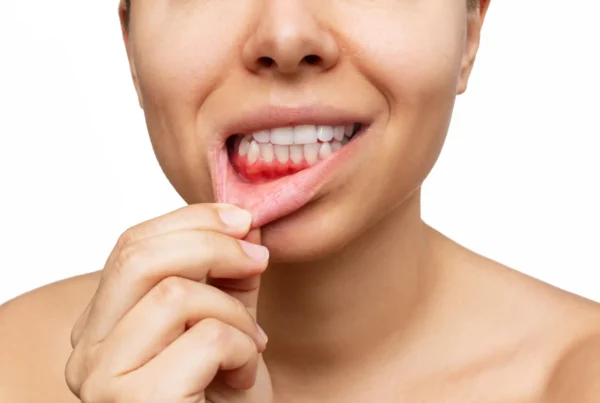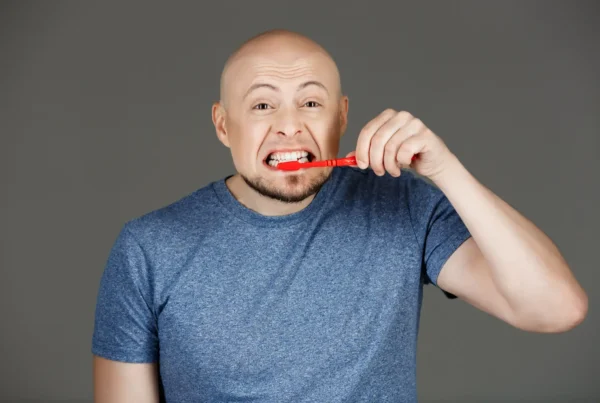
A dental fistula is an abnormal condition in the oral cavity, often associated with intense pain and discomfort. In this article, we’ll explore what causes a dental fistula, how to recognize its symptoms, and the most effective methods of treatment. Understanding the nature of this condition can help you seek timely dental intervention and prevent complications.
What is a dental fistula?
A dental fistula is a pathological channel that forms between the alveolar bone and either the oral cavity, the sinuses, or, in rare cases, the external skin surface. It is a type of fistula—an unnatural connection between two internal organs or between an organ and the body’s surface. While fistulas can develop in various parts of the body, dental fistulas are among the most common types related to oral infections.
In most cases, the fistula acts as a drainage pathway for fluid containing bacteria, pus, or blood. It usually forms as a result of chronic infection or complications following dental surgery. The presence of such a passage indicates that the body is attempting to drain infected material from the area around a tooth or gum.
What causes a dental fistula?
The development of a dental fistula is typically linked to long-standing oral health issues. It may be caused by untreated tooth decay that leads to pulp necrosis. Once the pulp inside the tooth dies, bacteria can colonize the root canal, eventually spreading to the tissues around the tooth’s root. Inflammation spreads, leading to infection in the periodontal area. As pressure builds from the accumulation of pus, the body creates a pathway through bone and soft tissue to release it—this results in a dental fistula.
Other common causes include poor oral hygiene, periapical inflammation, complications after root canal therapy or tooth resection, and trauma-related injuries such as jaw or maxillary fractures. In some cases, the condition may be exacerbated by calculus buildup, which originates from plaque that has not been properly removed during regular oral hygiene.
Symptoms of a dental fistula
Symptoms of a dental fistula are usually difficult to ignore. One of the most noticeable signs is a persistent bitter or metallic taste in the mouth. This is often accompanied by bad breath that doesn’t improve with brushing. Patients frequently report swelling in the cheek or jaw area. A visible bump or bulge may appear on the gum line, which can be tender to the touch and painful during eating or brushing. There may also be an increase in tooth sensitivity, especially to hot, cold, or even wind. In more advanced cases, pain may radiate to the jaw, temple, or even the entire head.
Read more: Odontoma
How is a dental fistula diagnosed and treated?
To treat a dental fistula effectively, accurate diagnosis is essential. Dentists use X-rays or digital radiography to assess the extent of the fistula and locate its origin. Once the source of infection is confirmed, the appropriate treatment plan is created.
One of the first lines of treatment may include antibiotics to fight the bacterial infection. However, antibiotics alone will not resolve the fistula unless the underlying cause is addressed. If the tooth is still viable, root canal therapy is commonly recommended. This involves removing infected pulp, disinfecting the canals, and sealing them to prevent reinfection.
In cases where the tooth cannot be saved, extraction may be necessary. Removing the affected tooth eliminates the infection and allows the surrounding tissue to heal. For larger abscesses, a surgical drainage procedure might be required to remove pus and clean the infected area thoroughly.
Post-treatment care is equally important. Patients are advised to maintain excellent oral hygiene, using alcohol-free mouth rinses and following a gentle but thorough brushing routine. Regular dental checkups help monitor healing progress and prevent recurrence.
In all cases, it is critical to consult a dentist at the first signs of infection or discomfort. Early treatment can prevent the spread of bacteria to other parts of the mouth or body and reduce the risk of long-term complications.






